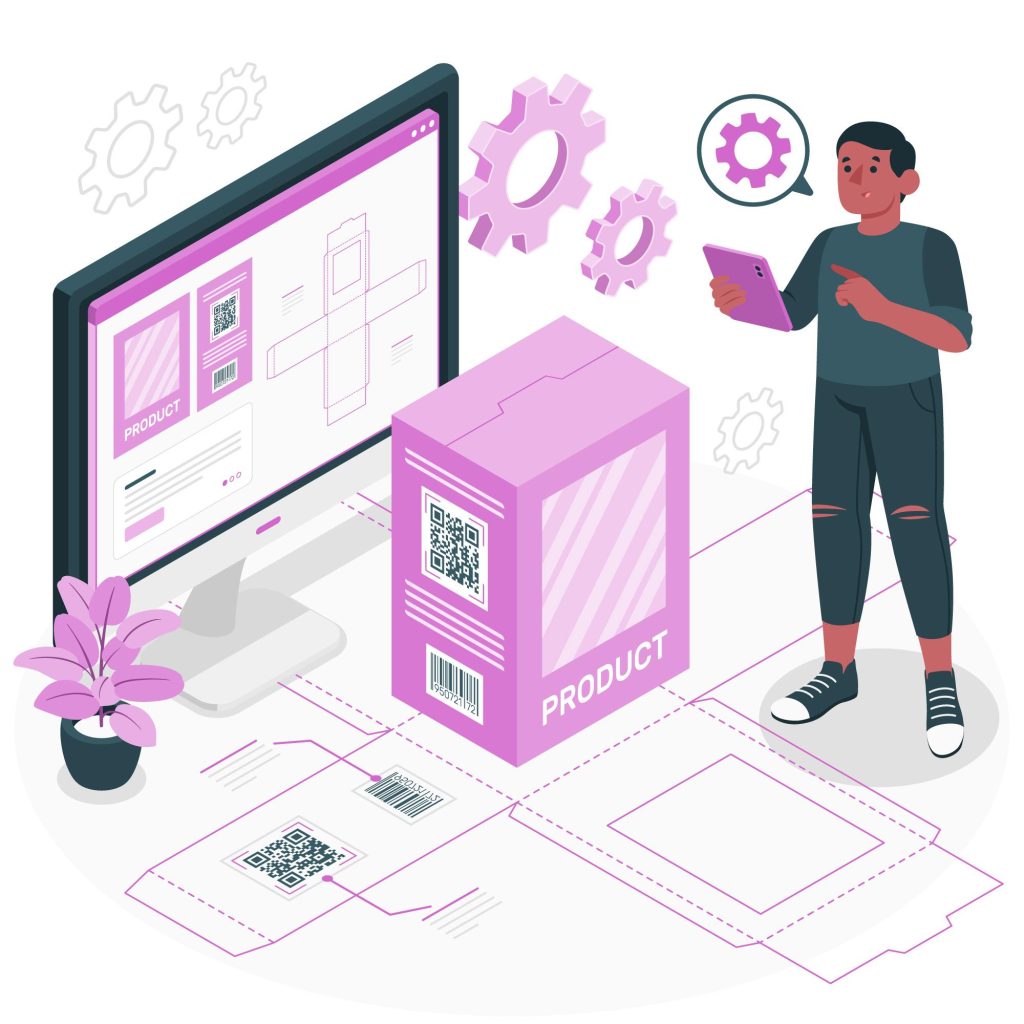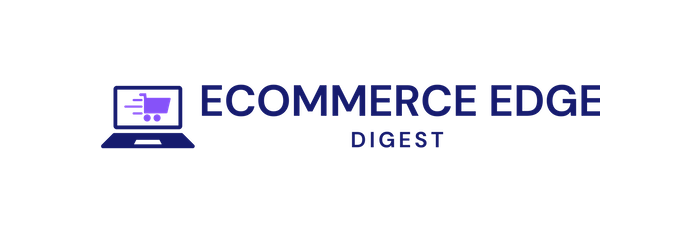Streamlining Success: The Rise of Product Delivery Automation

In today’s fast-paced market, where consumer expectations evolve by teh minute, businesses face an unrelenting pressure to deliver products swiftly and efficiently. Enter product delivery automation — a transformative force reshaping how companies bring goods from conception to customer hands. This silent revolution is not just about speeding up processes; it’s about redefining success through seamless integration, precision, and adaptability. As organizations increasingly embrace automated solutions, the landscape of product delivery is shifting, promising streamlined operations and new opportunities for innovation. This article explores the rise of product delivery automation and how it’s becoming the backbone of modern business success.
Understanding the Foundations of Product Delivery Automation
At its core, product delivery automation transforms conventional, manual workflows into a seamless, orchestrated sequence of actions powered by bright software solutions. This approach eliminates the friction points frequently enough encountered in advancement pipelines, such as bottlenecks in approvals, testing delays, or inconsistent deployment practices. By embedding automation tools that handle tasks like code integration, environment provisioning, and quality assurance checks, teams can ensure that every product iteration flows effortlessly from conception to final delivery. Embracing this foundation involves understanding not only the technology stack but also the cultural shift towards continuous advancement and collaboration.
Key elements that form the backbone of effective product delivery automation include:
- Continuous Integration & Continuous Deployment (CI/CD): Automating code integration and deployment to speed up release cycles.
- Automated Testing: Ensuring quality through rapid, repeatable test suites that catch issues early.
- Infrastructure as Code (IaC): Managing environments programmatically to guarantee consistency and scalability.
- Monitoring & Feedback Loops: Collecting real-time data to inform swift decision-making and improvements.
These pillars work in harmony to not only accelerate delivery but also reduce human error, enabling teams to pivot quickly in response to market demands.
| Foundation | Purpose | Benefit |
|---|---|---|
| CI/CD | Automate Integration and Deployment | Faster, More Reliable Releases |
| Automated Testing | Verify Product Quality continuously | Fewer Bugs and Regressions |
| Infrastructure as Code | Automate Environment Setup | Consistent and Scalable Infrastructure |
| Monitoring & Feedback | Track Performance and User Feedback | Informed Decisions and Fast Fixes |
Key Technologies Driving Efficiency and Accuracy
Automation in product delivery is fueled by a suite of cutting-edge technologies that transform cumbersome manual workflows into sleek, efficient processes. Among the most impactful innovations are AI-powered predictive analytics, which anticipate potential bottlenecks before they arise, enabling proactive adjustments that keep deliveries on schedule. Complementing this are robotic process automation (RPA) systems that handle repetitive tasks with unwavering precision, minimizing human error and accelerating throughput. Together, these tools craft a seamless choreography of operations, harmonizing speed with accuracy to elevate overall productivity.
Beyond analytics and RPA,the integration of Internet of Things (IoT) devices and cloud-based collaborative platforms revolutionizes real-time visibility and communication throughout the delivery pipeline. IoT sensors track packages with pinpoint accuracy, feeding live data into centralized dashboards accessible by all stakeholders. This clarity fosters swift decision-making, while cloud platforms facilitate effortless coordination among dispersed teams and automated systems alike. The convergence of these technologies not only streamlines processes but also cultivates resilience, adaptability, and trust in modern product delivery networks.
- AI Predictive Analytics: Forecast delays and optimize schedules
- Robotic Process Automation: Automate repetitive tasks effortlessly
- IoT Tracking: Real-time package monitoring for accuracy
- Cloud Collaboration: Enhance teamwork with centralized communication
| Technology | Primary Benefit | Impact on Delivery |
|---|---|---|
| AI Predictive Analytics | Improved Forecasting | Reduced Delays |
| Robotic Process Automation | Task Automation | Higher Accuracy |
| IoT Sensors | Live Tracking | Enhanced Visibility |
| Cloud Platforms | Unified Communication | Better Coordination |
Overcoming Challenges in Implementing Automated Delivery Systems
Implementing automated delivery systems ofen encounters hurdles that demand innovative solutions and strategic foresight. One key obstacle is the integration of new technologies with existing infrastructure, which can lead to compatibility issues and operational downtime. Additionally, workforce adaptation to automation introduces a cultural shift that requires comprehensive training and effective change management to ensure seamless transitions. Navigating data security concerns and maintaining customer trust also play a critical role, as sensitive information flows increase alongside automation efficiency.
Triumphant implementation strategies often include:
- Incremental Integration: Seamlessly blending automation in phases to minimize disruption.
- Robust Training Programs: Equipping teams with the skills necessary to manage and optimize automated processes.
- Adaptive Security Protocols: Strengthening defenses to protect against emerging cyber threats.
| Challenge | Impact | Strategy |
|---|---|---|
| System compatibility | Operational Delays | Phased Integration |
| Workforce Resistance | Reduced Productivity | Continuous Training |
| Data Security | Customer Distrust | Advanced Encryption |
Strategic Best Practices for Maximizing Automation Benefits
Harnessing the full potential of automation requires a thoughtful approach that integrates technology seamlessly with human expertise. Start by prioritizing automation for repetitive, time-consuming tasks where precision and speed yield the greatest impact. Equally important is fostering a culture of continuous improvement — encourage teams to provide feedback and iterate on automated workflows to prevent stagnation. Leveraging data analytics to monitor performance helps identify bottlenecks early, ensuring the automation ecosystem remains agile and responsive to evolving business needs.
Collaboration across departments accelerates success, creating a feedback loop that enhances product delivery quality and consistency. Emphasizing clear communication channels and shared goals empowers cross-functional teams to make the most of automation tools together. To bring clarity to the process, consider this strategic matrix outlining key focus areas:
| Focus Area | Best Practice | Benefit |
|---|---|---|
| Task Selection | Automate Mundane, Rule-based Tasks First | Frees Human Time for Creativity |
| Monitoring & Feedback | Implement Real-time Analytics Dashboards | Ensures Quick Issue Resolution |
| Cross-Functional Collaboration | Regular Sync-ups With Stakeholders | Aligns Automation Goals With Business Needs |
| Continuous Improvement | Iterate Based on Data and User Input | Keeps Workflows Optimized and Relevant |
- Invest in flexible platforms that can adapt to changing requirements without extensive redevelopment.
- Train teams extensively to understand not just how automation works, but why it matters to overall strategy.
- Balance automation with human judgment to maintain quality and avoid over-reliance on technology alone.
Final Thoughts…
As the cadence of business accelerates and consumer expectations soar, product delivery automation emerges not just as a tool, but as a silent orchestrator behind the scenes — harmonizing speed, precision, and adaptability. Embracing this evolution is less about replacing the human touch and more about empowering teams to focus on innovation and strategy, leaving routine complexities to intelligent systems. In the symphony of modern commerce, automation is not merely a rising trend but a steady conductor guiding enterprises toward streamlined success.



![[Aggregator] Downloaded image for imported item #1180](https://ecomedgedigest.com/wp-content/uploads/2025/08/IMG_0745-1024x683-1-180x180.jpeg)



![[Aggregator] Downloaded image for imported item #1332](https://ecomedgedigest.com/wp-content/uploads/2025/09/IMG_0853-1024x577-1-180x180.jpeg)


Leave a Reply
Want to join the discussion?Feel free to contribute!